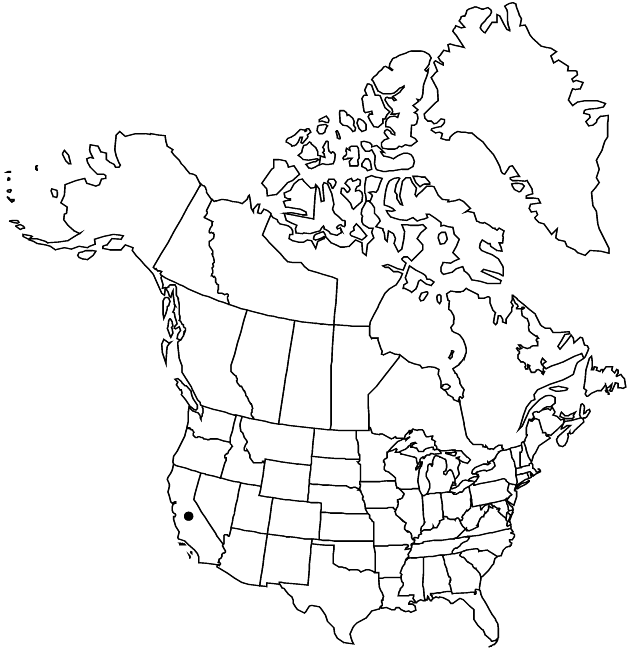Pyrrocoma lucida
Phytologia 71: 60. 1991.
Plants 20–75 cm. Stems 1–5, erect, glabrous, gland-dotted, resinous. Leaves: basal petiolate, blades lanceolate or oblanceolate, 50–250 × 7–30 mm, margins sharply serrate, ciliate, apices acute; cauline sessile, blades lanceolate, 30–100 × 5–15 mm; faces glabrous, gland-dotted. Heads 12–30 in crowded, glomerate, spiciform arrays. Peduncles 0–1 cm. Involucres campanulate, 9–14 × 6–13 mm. Phyllaries in 2–3 series, loose, linear or lanceolate, 7–13 mm, unequal, bases chartaceous, margins entire, eciliate, apices green, acute to acuminate or caudate, faces glabrous, gland-dotted. Ray florets 12–20; corollas 7–13 mm. Disc florets 25–40; corollas 6–10 mm. Cypselae subcylindric, 2.5–4 mm, 4-angled, faces striate, silky; pappi tawny to brownish, 5–7.5 mm. 2n = 24.
Phenology: Flowering Jul–Sep.
Habitat: Alkaline grassy flats, sagebrush scrub, openings in pine forests
Elevation: 700–1600 m
Discussion
Pyrrocoma lucida is recognized by its gland-dotted, resinous herbage, small heads in glomerate-spiciform arrays, and acuminate-caudate phyllaries. This tetraploid species appears to be closely related to P. racemosa (R. A. Mayes 1976).
Selected References
None.
